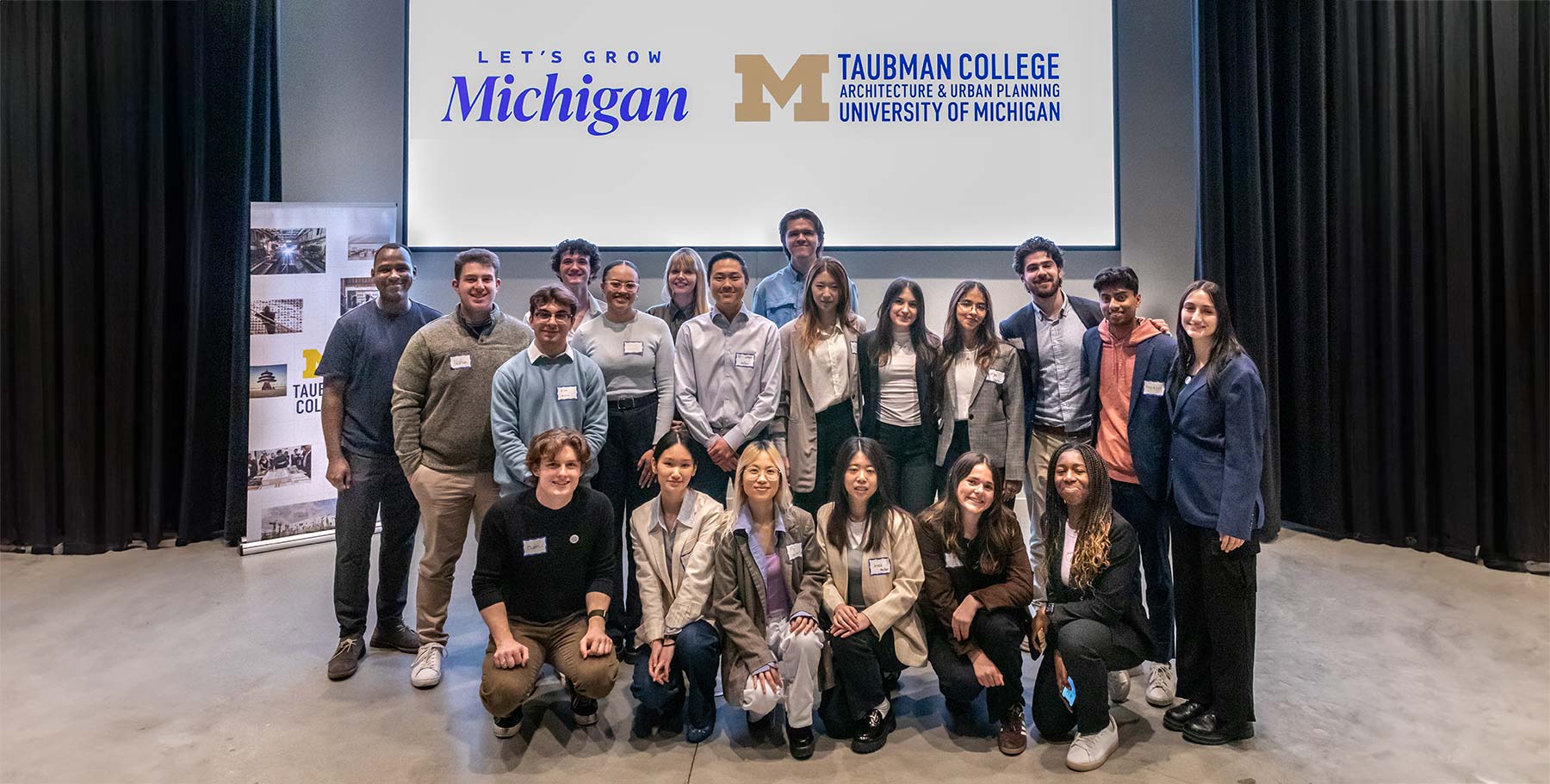Transforming suburbia, eliminating commutes, making districts more “walkable” — urban planning professor Christopher Leinberger discussed these concepts in relation to development in Dublin, Ohio with the Columbus Dispatch newspaper.
Could Dublin use a touch of German Village?
City neighborhood a good walkability model, expert says
Tuesday, October 27, 2009
By Holly Zachariah
THE COLUMBUS DISPATCH
As Dublin considers how to position itself for the future, an expert in land use and development says city officials need look only as far as one Columbus neighborhood for guidance.
German Village stands as the best example in Ohio of how to build a community in which people can live, work and play and never have to drive to do any of it, said Christopher Leinberger, a University of Michigan professor and visiting fellow at the Brookings Institution, an independent policy-research group in Washington, D.C.
And a walkable community is the key to the future, Leinberger said.
“People are, in droves, beginning to ask themselves ‘Why am I forced to buy all these cars just to be a part of this world?'” he said. “The biggest economic trend of the next generation will be people dropping one or two cars and investing that money in housing, education or savings.”
Dublin is spending about $250,000 for a study to determine the future of the city’s core. The area includes the downtown historic district; a stretch of the Scioto River; and the Dublin Village Center, anchored by the AMC movie theater.
As part of that study, the city is hosting a series of guest speakers who will discuss regional and national developments trends. Leinberger kicks off the series today with a lecture at 6:30 p.m. at the OCLC Conference Center, 6600 Kilgour Place.
Dublin City Manager Terry Foegler envisions loft apartments, condominiums, entertainment venues, stores and attractions that will appeal to retirees as well as the young professionals who work at the city’s biggest companies, such as Cardinal Health and the Online Computer Library Center.
“Dublin has to begin to think about how to stay competitive in 10, 20 or 30 years,” Foegler said. “The detached, single-family housing market in neighborhoods where you have to drive to even get a gallon of milk has peaked.”
Leinberger agrees and says German Village was way ahead of its time. Communities have used restrictive zoning for too long to space things out and prevent walkable developments, he said.
Communities that use bike trails, light rail and public transit to move people promote good health, are better for the environment and foster diversity, Leinberger said.
“Forty percent of America doesn’t drive, either because we’re too old, too young, too handicapped or too poor. So if you have a walkable community, you get a better mix.”




